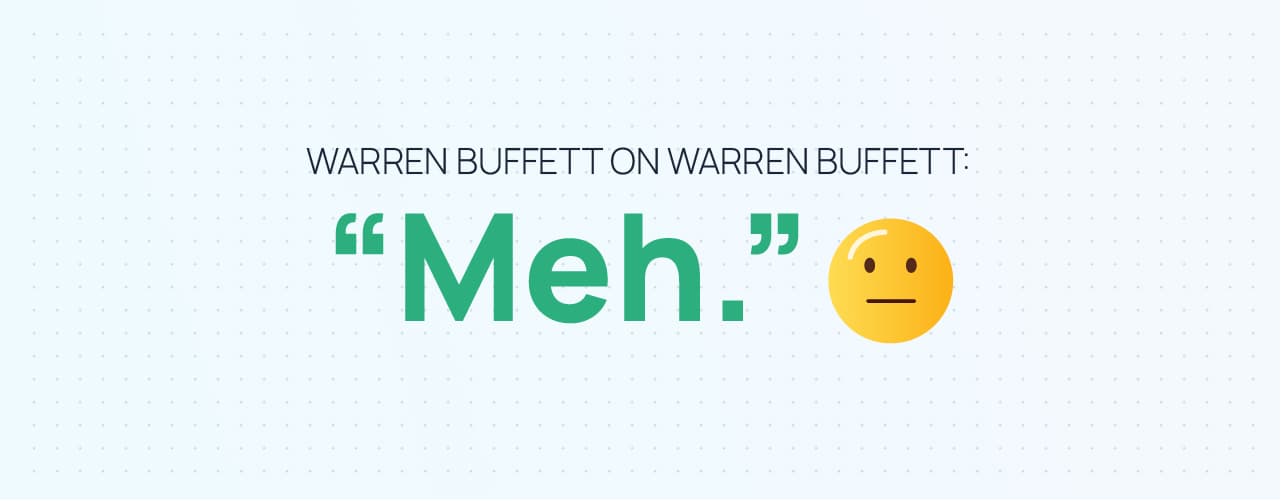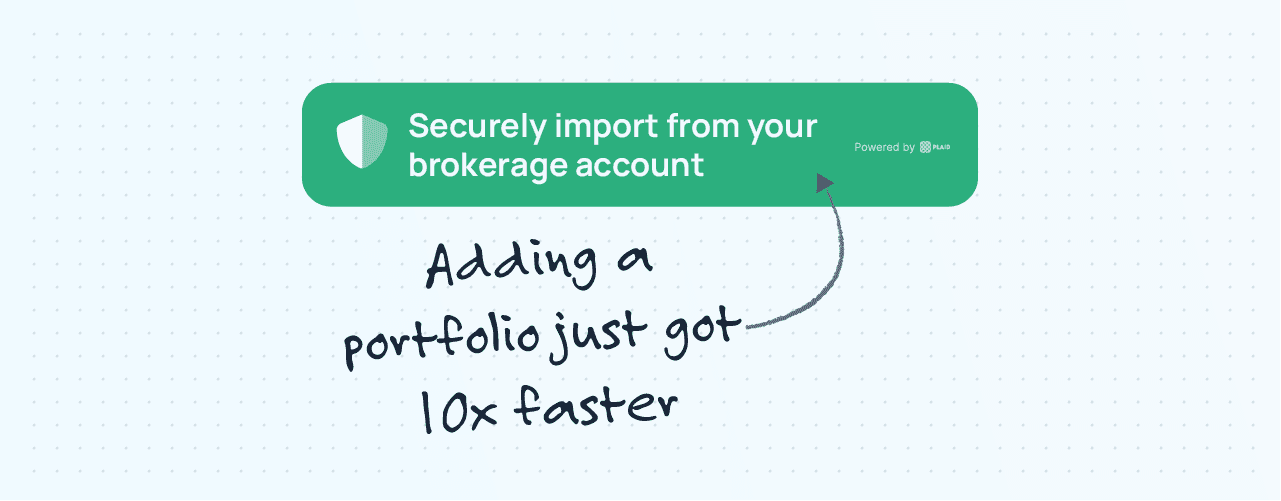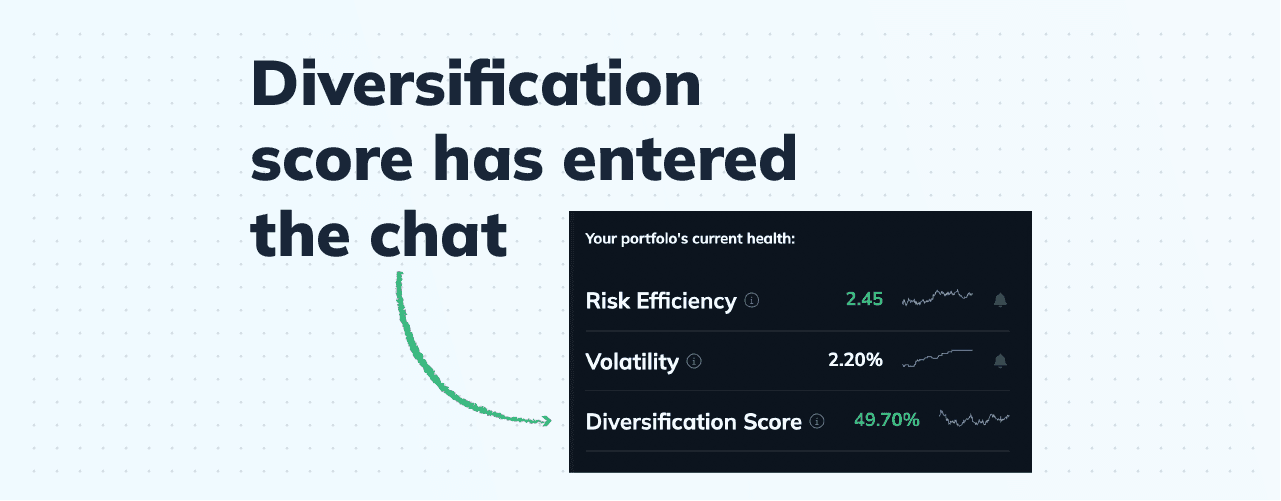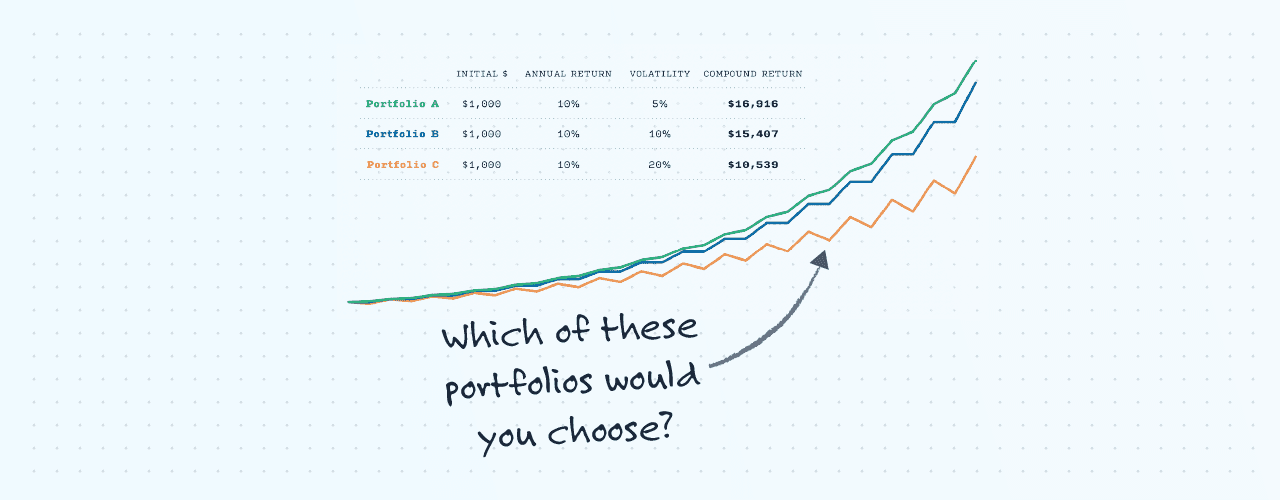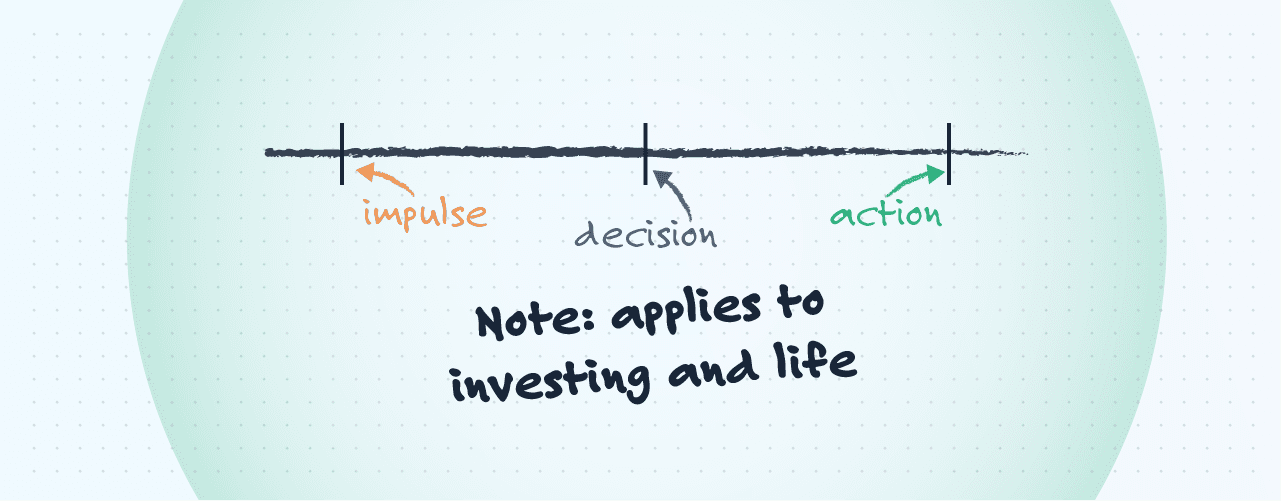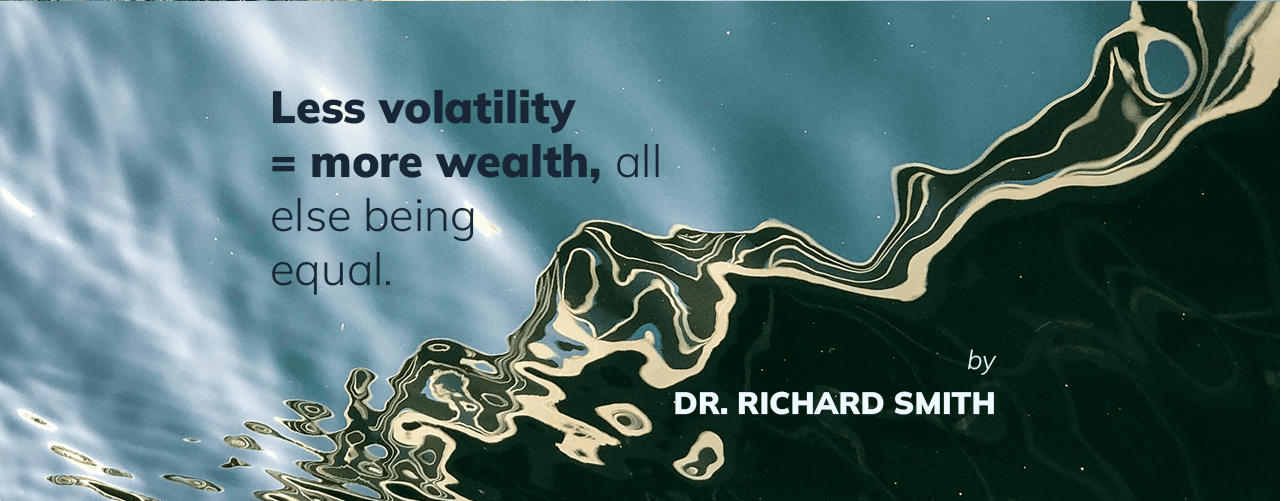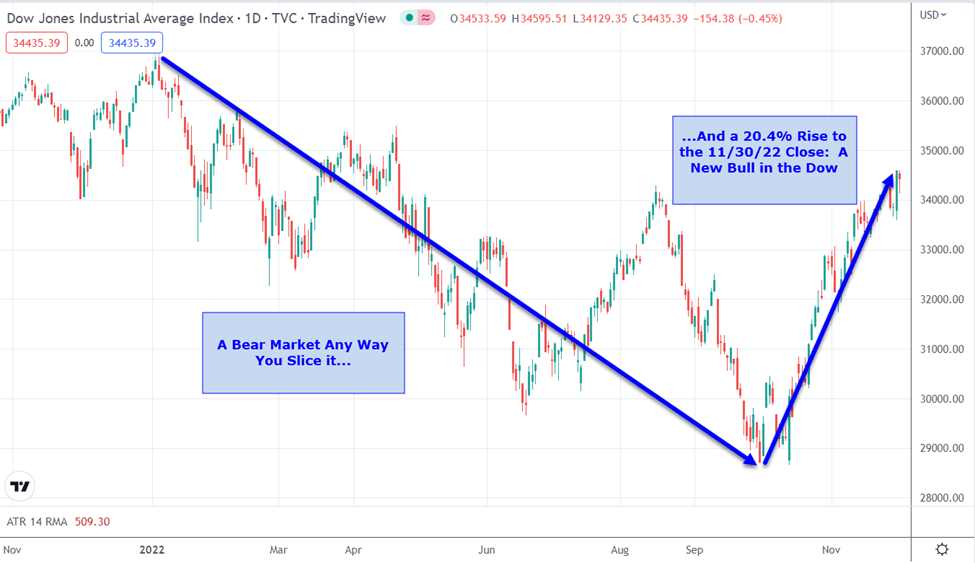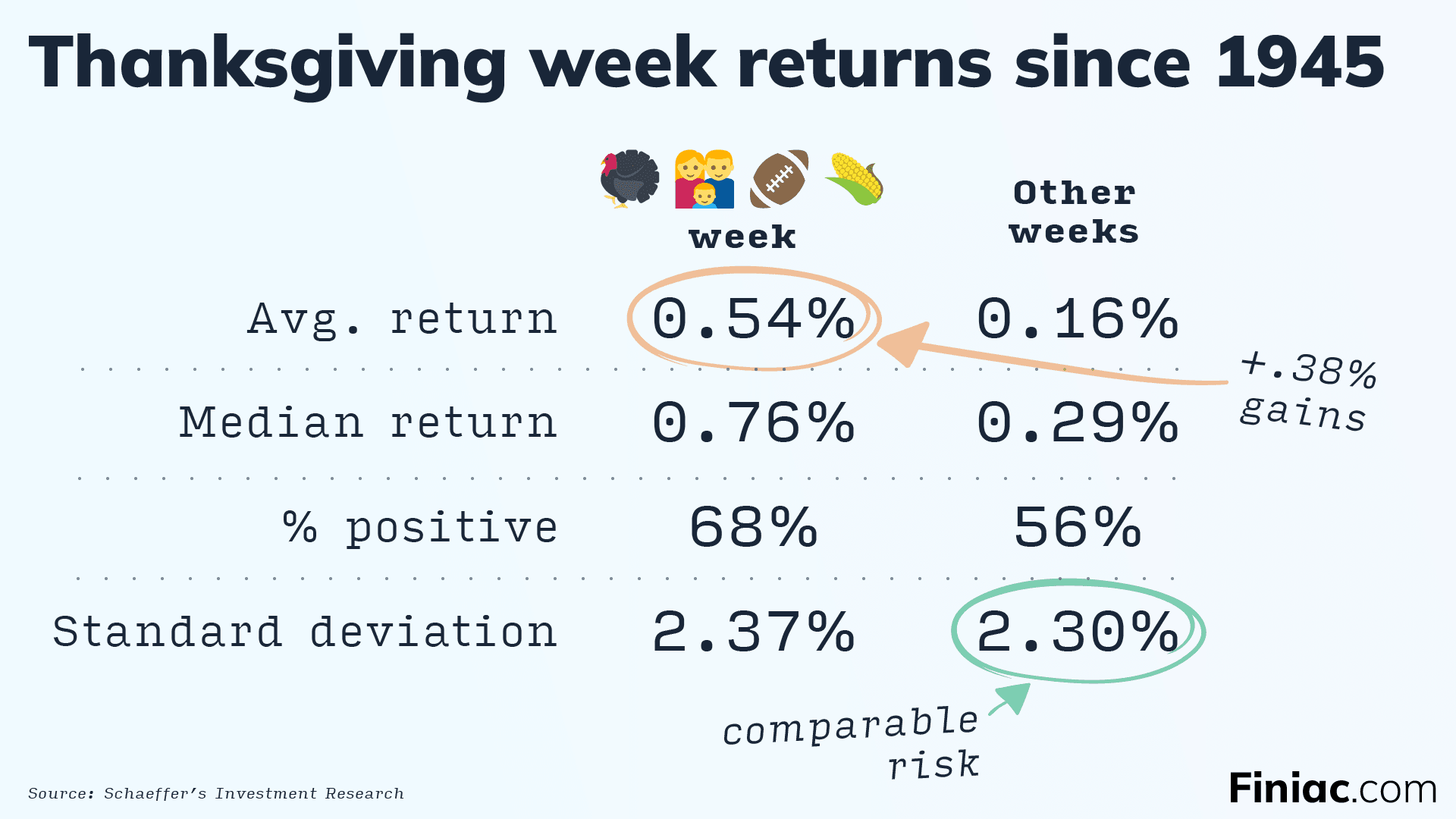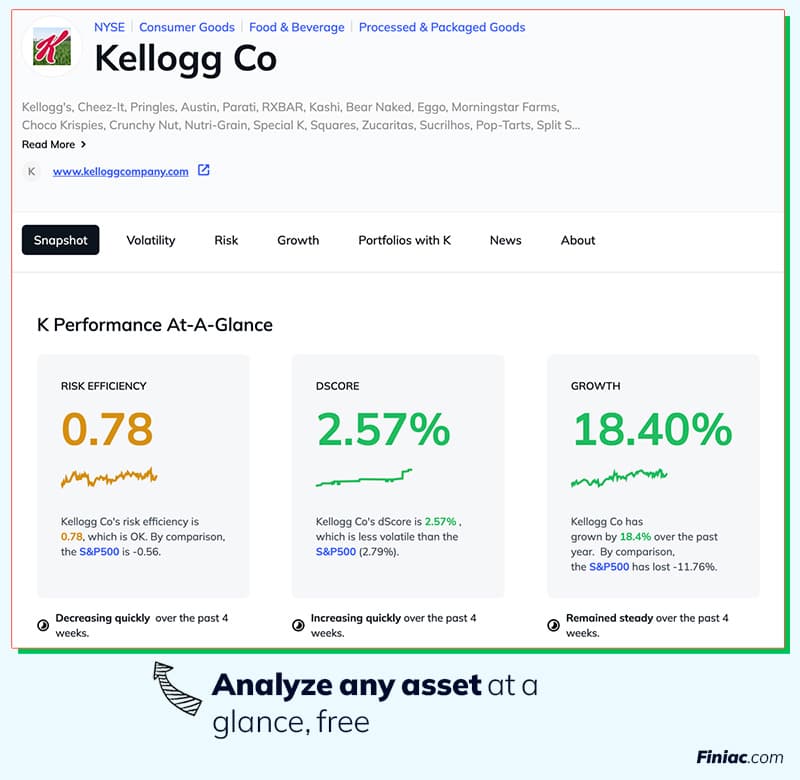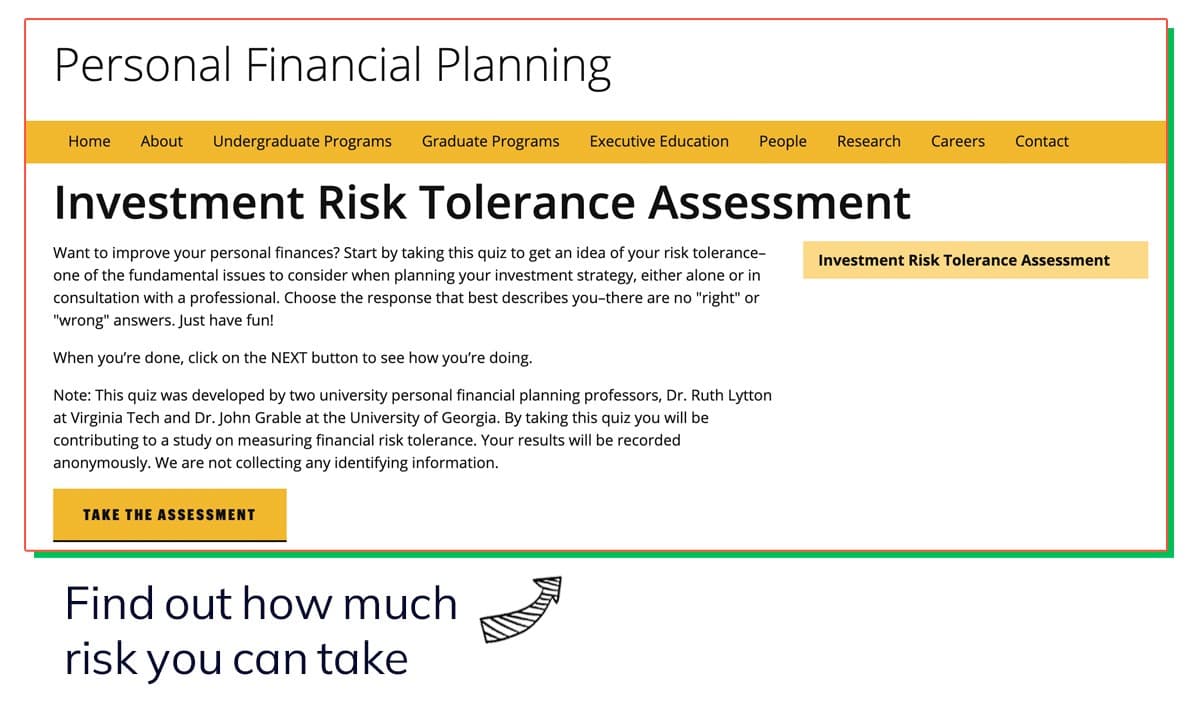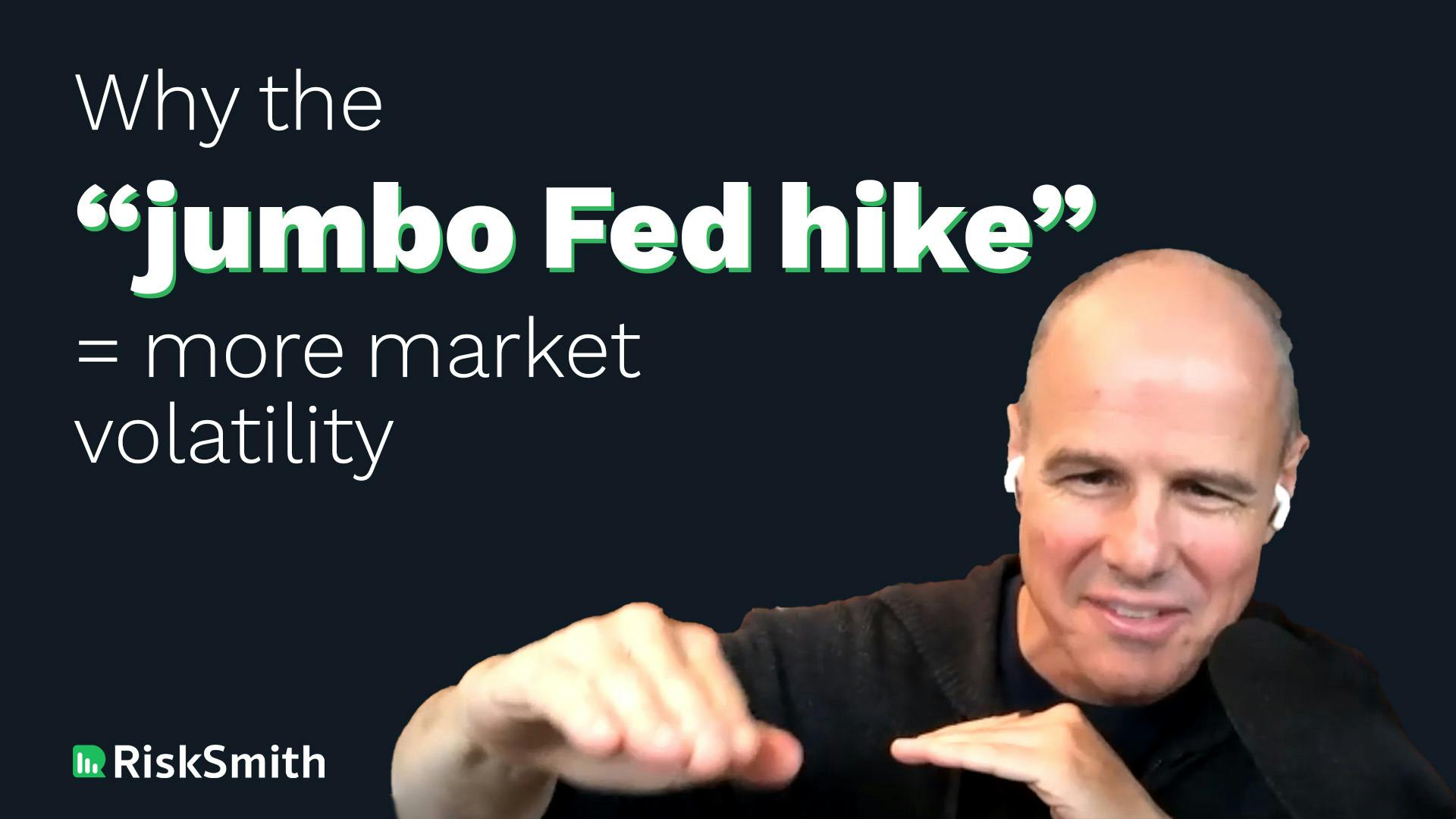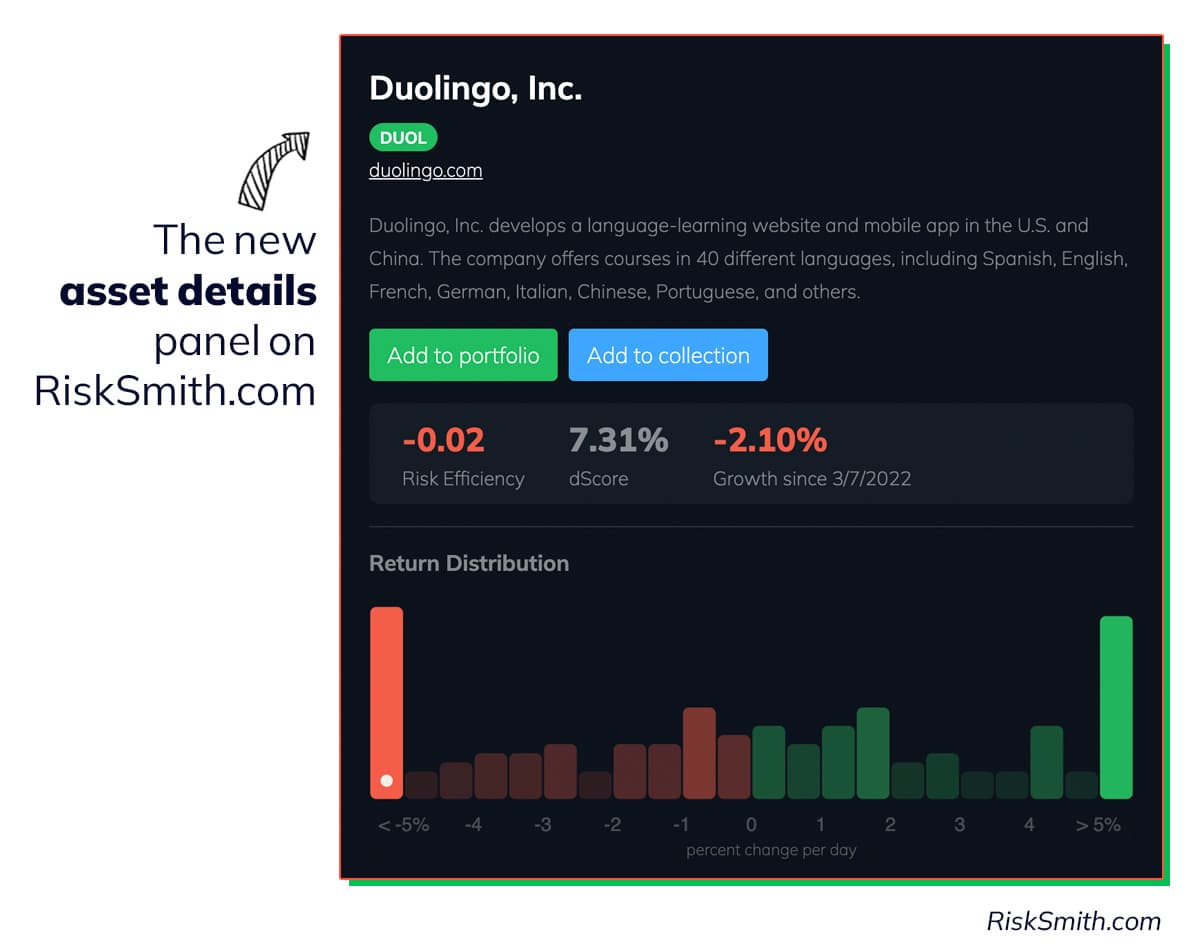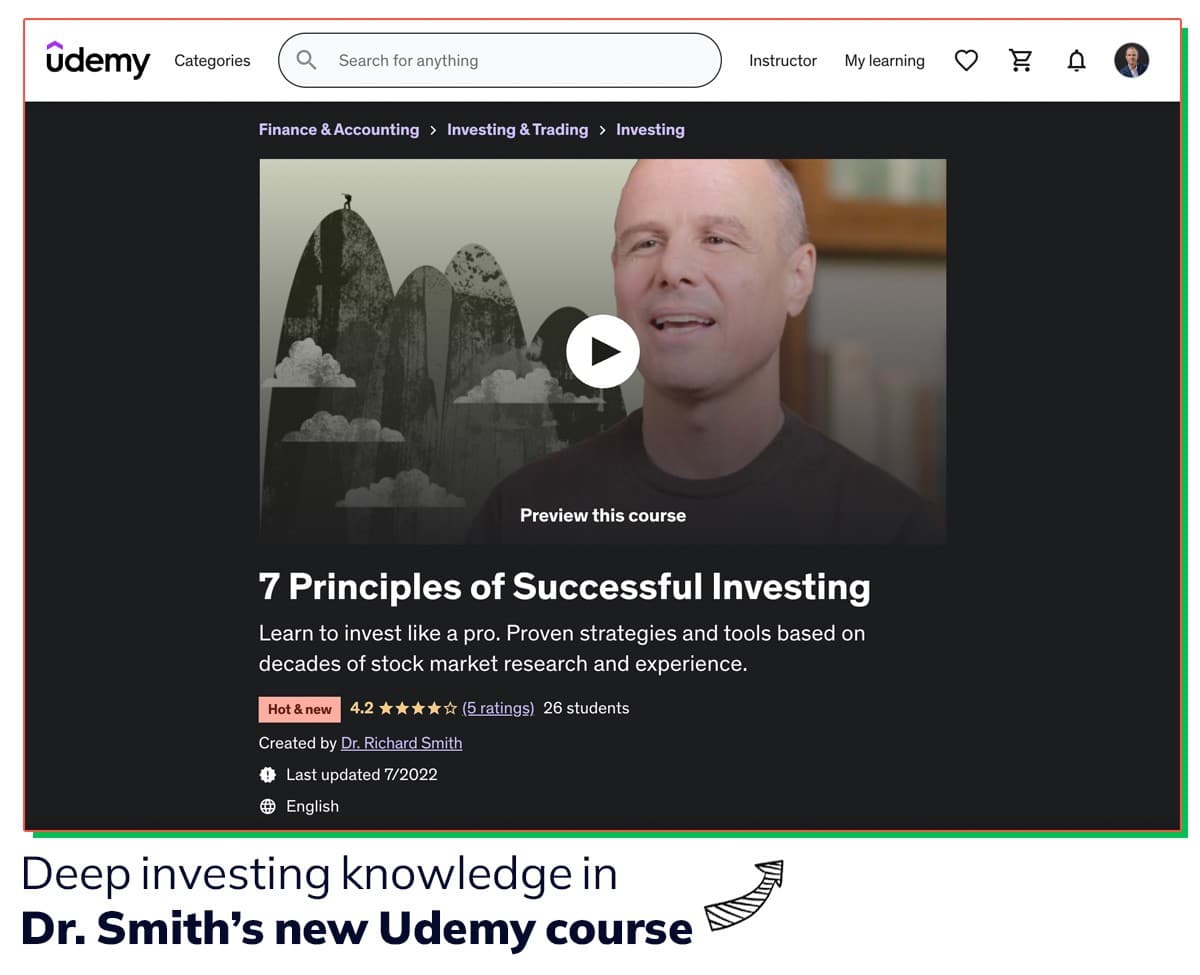7 Principles of Successful Investing
Know When to Sell Before You Buy
Dr. Richard Smith
October 14th, 2022
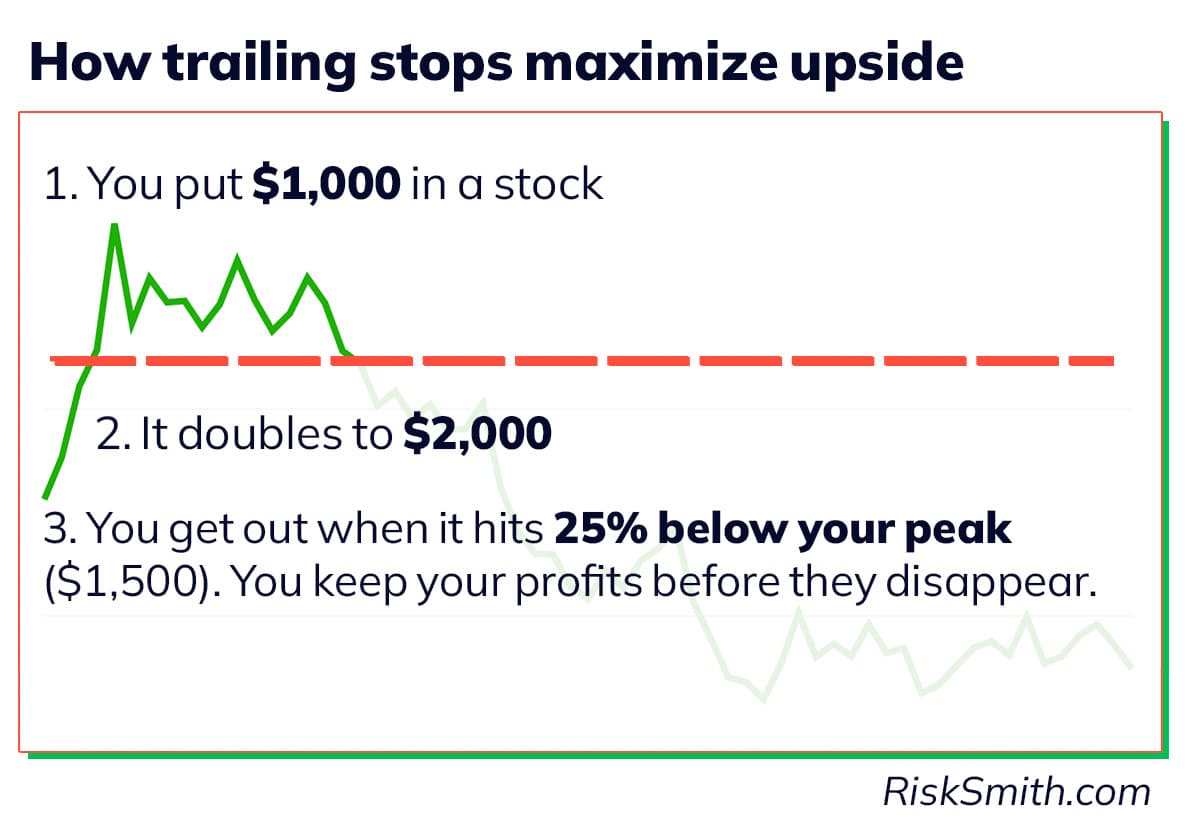
Blog | Know When to Sell Before You Buy
tl;dr
When do I buy? And more important: when do I SELL??
Risk management is all about knowing these answers before you enter the market.
If you're making decisions on the fly, you're too subject to emotional pitfalls.
Instead, set up simple triggers that put your strategy into action, removing emotional decision-making altogether.
One question causes more investing anxiety than any other: “When do I buy/sell??” Here’s the answer.
This article is part 3 of the series 7 Principles of Successful Investing. Jump to: Principle № 1 / Principle № 2
Jack Schwager is one of those writers who cuts right to the chase. (If you’ve never read his Market Wizards books, you’re in for a treat.)
In an interview with Dr. Richard Smith, he surveyed all of the pantheon-level investors he’s profiled over the years, and concluded that their strategies are all unique.
So what’s the one thing that actually does unite them?
“They’ve all got a pretty rigorous commitment to risk management,” Jack said.
Bruce Kovner (one of the Wizards Jack interviewed) put it even more clearly:
“90% of risk management boils down to knowing when you’ll sell before you buy.” — Bruce Kovner
Choose your trigger
If you don’t know what the market is going to do, how could you possibly know when you’ll sell before you buy?
The answer is to take yourself out of the equation. Don’t rely on your future self to make the right call at the right time. That’s opening yourself up to emotional setbacks.
Instead, decide on a trigger—a set of conditions that, when they’re met, you sell automatically.
Here’s a simple example: a 25% trailing stop.
How a trailing stop works
Let’s say you put $1,000 into a particular stock.
The only condition that would trigger you to sell the stock is if it falls 25% from its high-water mark.
Let’s say it starts to tank immediately (these things happen!). That’s easy—when it gets to $750, the condition is met, and you sell.
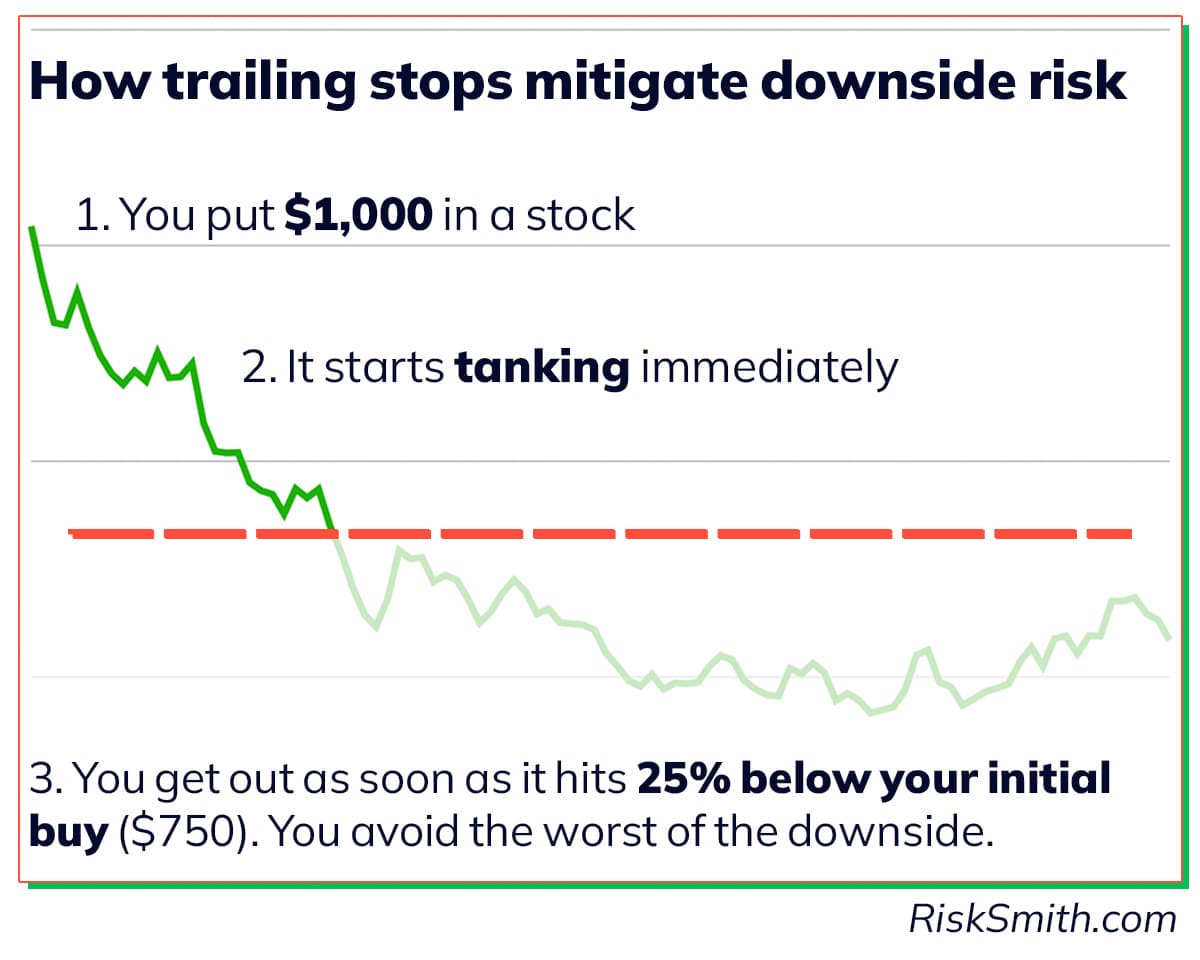
Let’s say you hold it for a while, and it doubles, to $2,000. Well, now you’ve got a new high-water mark.
If it starts to fall, you don’t wait till it falls to $750, because that would be a 62.5% drop.
Instead, you only wait till it falls 25% from its peak of $2,000, meaning you sell at $1,500.

With a trailing stop strategy, you’ll never lose more than 25% of your original investment.
One simple rule can save you from a lifetime of cold-sweat, teeth-grinding losses.
And the rule can work with any indicator, not just overall return. Try it with momentum (probably the simplest, most useful trigger out there) and it works just as well.
In the next lesson from 7 Principles of Successful Investing, we’ll talk about how these rules can be applied in a real-life portfolio.
Don't fall prey to loss aversion
Design better portfolios with RiskSmith

momentum - A metric that provides the rate of change in the value of an asset over a given length of time. Momentum indictors describe how stong or weak any up or down move is. Investors who make buy or sell decisions based primarily on this metric are considered “momentum investors.”
Other posts that mention terms momentum
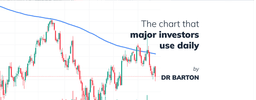
The 200-day Simple Moving Average, Explained
D.R. Barton
Related Posts
